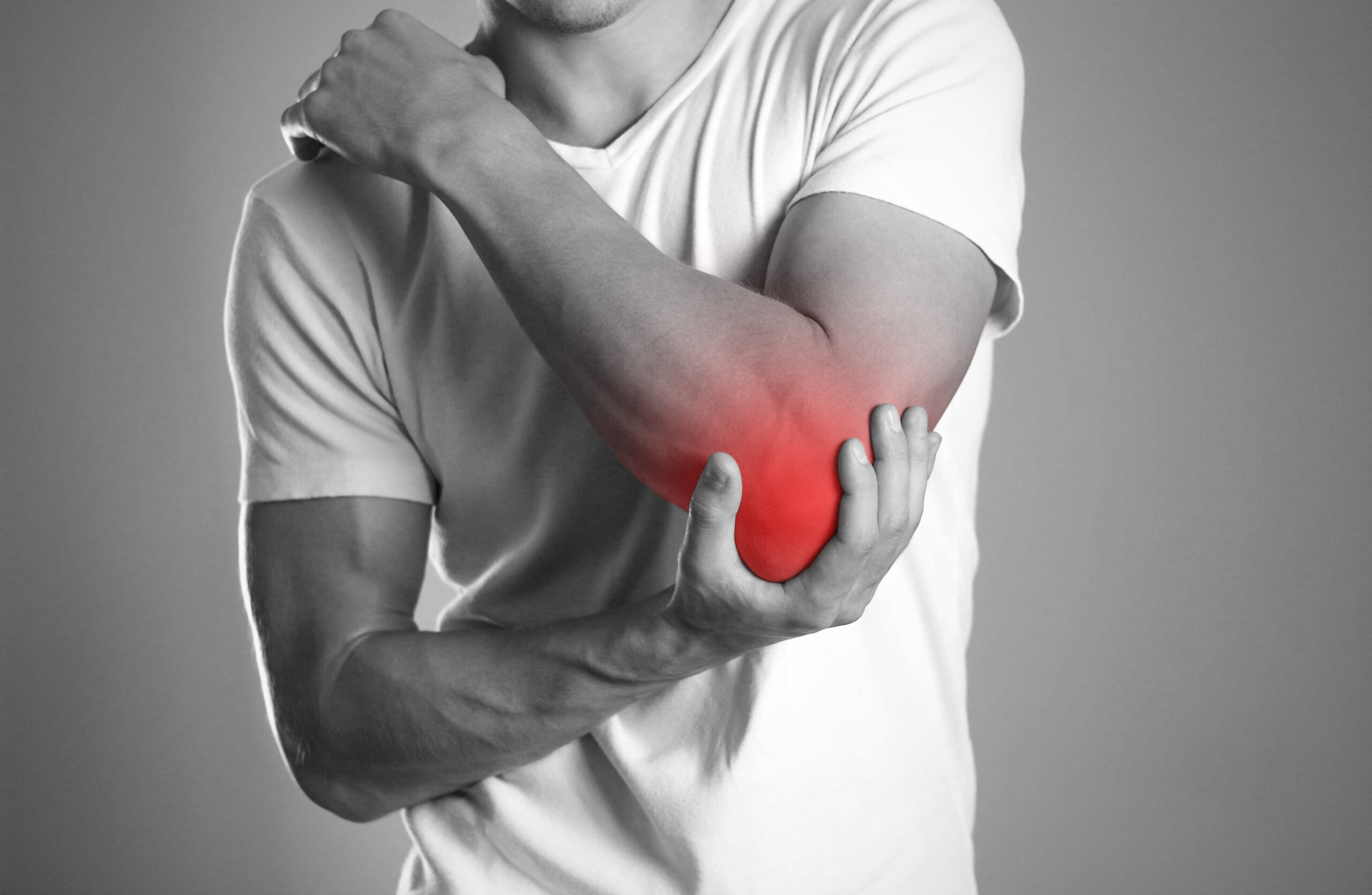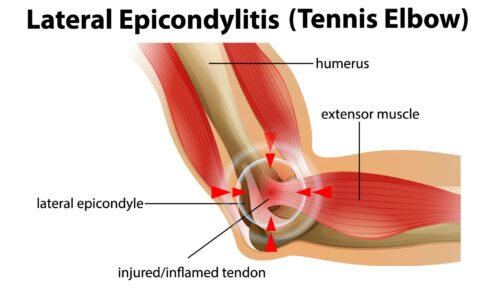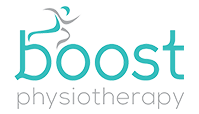
Tennis Elbow – The Ultimate Overuse Injury

Did you know that Tennis Elbow can occur in anyone, not just tennis players? Although it is commonly referred to as “Tennis Elbow”, many people develop it through occupations that require repetitive tasks, other sports that require the use of racquets, or a change in routine or activities. Fun fact: Tennis Elbow is the most common overuse injury in the elbow! The symptoms of this condition can range from mild to severe, but luckily, there are a few treatment options to help with the pain and discomfort you may be experiencing.
What is Tennis Elbow?
Tennis Elbow, or medically referred to as “Lateral Epicondylitis”, is an overuse condition that develops from repetitive stress placed on the tendons in your elbow. Tendons are structures in your body that connect the muscle to the bone; their role is to transmit the force from the muscle to allow our bones to move. In Tennis Elbow, the muscles become damaged from overuse that places repetitive stress on the elbow, resulting in tiny tears forming in the tendon, leading to inflammation. With inflammation, you start to experience pain and tenderness commonly felt on the outside of your elbow. As a result of the pain, you can find yourself feeling weaker when trying to perform regular duties or activities.
This condition is typically diagnosed in people around the age of 35-54 years old. There are some activities or occupations that place you more at risk of developing Tennis Elbow. In tennis players, people who repetitively perform backhand strokes with poor technique are at higher risk of this condition. Occupations such as painters, plumbers, carpenters, automobile workers, cooks, butchers, dentists, office workers, and gardeners can also develop this condition. Essentially, anything that involves repetitive use of your extensor forearm muscles, specifically repeated extension of the wrist (bringing the back of your hand up to your forearm) and elbow (straightening your elbow) will pose a higher risk. However, there are other methods that lead to the development of Tennis Elbow. People who suddenly change their normal activities, start a new activity/sport, change their loading at the gym, or change any equipment (for example, a new racquet) can experience symptoms that may be indicative of Tennis Elbow. This is because tendons only like to be stressed to a certain extent; if you overload/overstress a tendon, then it becomes unhappy. Changes to your daily activities can put the tendon in unfamiliar stresses that results in aggravation of the tendon, leading to pain and discomfort.
What are the symptoms of Tennis Elbow?
There are many symptoms that people may gradually experience when they develop Tennis Elbow. Some symptoms may include, but are not limited to:
- Pain and tenderness on the outside of the elbow that can start mild and worsen over a few weeks
- Burning or radiating pain in the outer elbow area and along the forearm (stopping before the wrist)
- Increase in pain with loading activities
- Pain when stretching the muscle
- Night pain (only if very severe)
- Weakness when grasping or gripping (eg. turning a doorknob)
- Commonly affecting the dominant arm, but can occur in either arm
- Elbow joint stiffness in the morning
Tennis Elbow is one of the conditions that can be diagnosed clinically, meaning that you don’t need to get imaging to find out what condition you have! However, ultrasounds can sometimes be helpful to determine the degree of tendon damage. With that being said, it is important to remember that the degree of damage shown on imaging does not always correspond to the amount of pain you are experiencing.
How can Tennis Elbow be treated?
First things first, we need to de-load that tendon! Physiotherapists can work with you to modify your daily activities and sports to allow you to continue living your normal life, while minimizing the pain. After the pain settles, we need to gradually reload the tendon. Strengthening exercises, specifically eccentric exercises, for the extensor forearm muscles are key to managing this condition. Research has shown that resistance training is very effective in terms of having positive effects on pain, strength, and disability. The goal is to find a load/weight where you can perform 8-12 repetitions of the exercise while remaining pain-free, and gradually progressing from there. Other treatments can include undergoing shockwave therapy – more information regarding the effects of shockwave therapy can be found here (please hyperlink)! Bracing and taping techniques can also be helpful to take some of the stress off the tendon. Medications can help to moderate the amount of pain you are experiencing, so be sure to discuss with your family physician or local pharmacist about what options are suitable for you. In terms of more invasive procedures, corticosteroid injections can be performed to assist with short-term pain relief, as well as the option to undergo surgery.
It is important to note that Tennis Elbow is considered a self-limiting condition which means that it will eventually get better on its own! However, it can take up to 18 months to recover without any interventions from healthcare professionals like physiotherapists. Therefore, it is recommended that you seek assistance for this condition in order to receive adequate pain management techniques that can help you with your overall recovery process.
What can I do to help manage Tennis Elbow?
Here are 6 tips that you can do in the meantime to help enhance the recovery process of Tennis Elbow:
- Avoid activities that aggravate the elbow pain
Try to modify the activity in a way that allows you to be pain-free!
- Take over-the-counter medications for pain relief (eg. Tylenol or Advil)
Discuss with your family physician or pharmacist first to see if these temporary pain relief methods are suitable for you.
- Apply ice to the area of pain
- Ensure proper techniques when performing activities (eg. correct technique for backhand strokes in tennis)
- Alter the way you carry groceries
Try carrying the grocery bag closer to your body with your elbow bent and palm facing the ceiling. Carrying the bag on your forearm rather than your hands can prevent unnecessary stress on the already overworked extensor muscles.
- Avoid pushing through pain on any movement/activity
At Boost Physiotherapy, our physiotherapists are ready to assist you with any pain or injuries that you are experiencing. If you think that you may be developing Tennis Elbow, talk to one of our physiotherapists! They will work with you to determine which treatment option best suits your needs. If you have any further questions about Tennis Elbow, book an appointment online or call us today at 587-635-5555 (South Edmonton) or 780-591-5555 (Stony Plain). Our physiotherapists will be happy to assist you in any way!
BY: kneumann
Uncategorized
COMMENTS: No Comments
